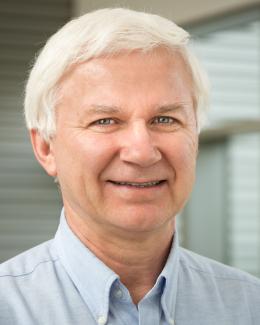Abstract
With the rise of interest in thermal neutron scattering data for advanced reactor, criticality safety, and shielding applications, new experimental data are required for evaluation of new materials or for re-evaluation (or validations) of previously evaluated materials. New experimental data are evaluated in a three-step process: (1) computing the phonon characteristics, (2) computing the dynamic structure factor (DSF) from the data, and (3) using the experimental setup to simulate the experimental data. All three steps have challenges, ranging from the need for a suffciently general material simulation code—a processing code that can compute the corresponding DSF—to having a detailed layout of the instrument/beamline/facility where the data were measured. Whereas phonon characteristics of materials can be computed using various methods (molecular dynamics, density functional theory, etc.), a high-fidelity computation of the DSF and the simulation of the experiment based on the DSF is vital to the accuracy of the evaluation. The latter two steps can be achieved by using the two corresponding code systems developed by instrument scientists at the Spallation Neutron Source (SNS) at Oak Ridge National Laboratory: (1) OCLIMAX, a program that calculates the dynamic structure factor from DFT and MD simulation results, and (2) MCViNE, a Monte Carlo neutron ray-tracing program designed to simulate neutron scattering experiments. Recently, polyethylene and yttrium hydride were measured at the Wide Angular-Range Chopper (ARCS) and SEQUOIA instrument stations of the SNS. These experiments are simulated using the density functional theory code, the Cambridge Serial Total Energy Package (CASTEP), to compute its phonon characteristics (eigenvalues/vectors and PDOS), which is then processed using OCLIMAX to yield the DSF, and finally the data at each instrument station are simulated by the MCViNE for comparison to the measured data for evaluation. For comparison to conventional evaluation methods, the scattering data processed from OCLIMAX are compared against those processed from the LEAPR module of NJOY, and the results from MCViNE simulations are compared against previously used simplified beamline models implemented in the Monte Carlo N-Particle (MCNP) code.







